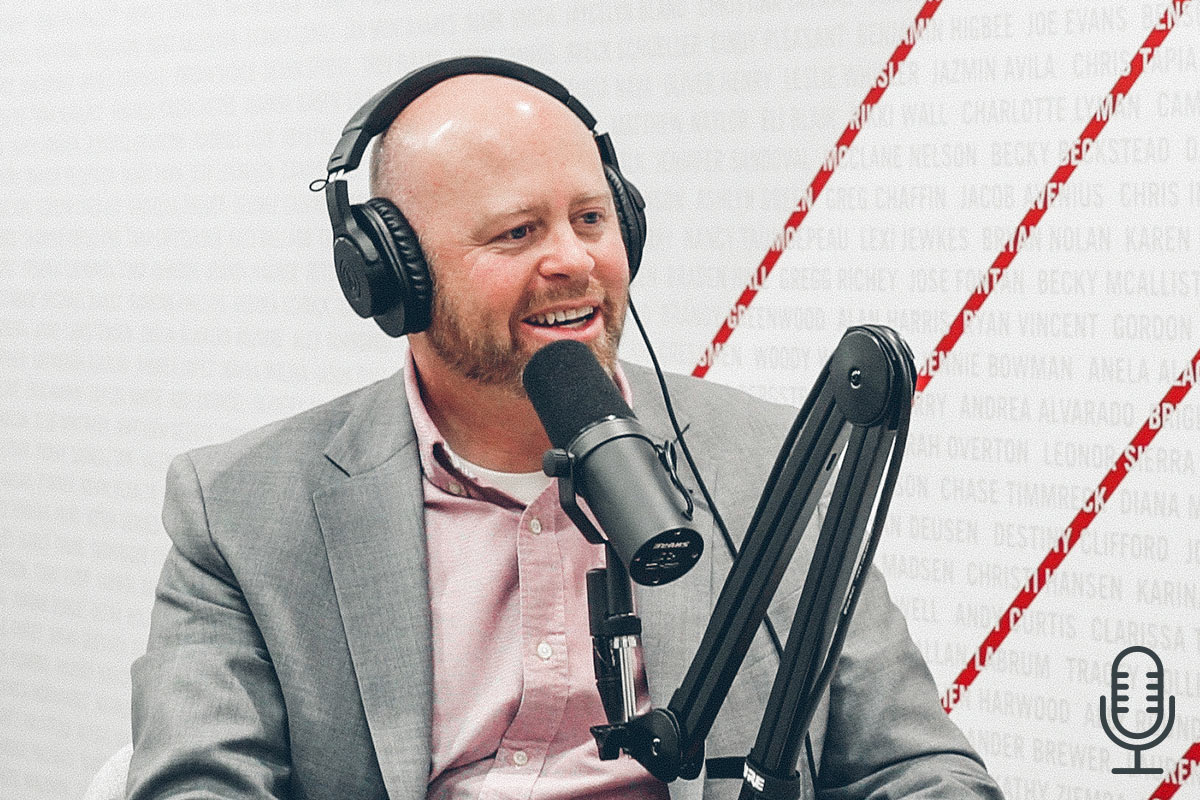
11 Tips to Recover Faster from Your Ho-Ho-Holiday Debt
We are smack dab in the middle of the holiday spending season and some of you may be starting to panic right about now. You may be asking yourself: Do I have enough money to pay for all of my gifts? How am I going to pay off my credit cards? Is cousin Selma going to like the fondue pot I got her?
We’re not sure about the fondue pot, but Mountain America Credit Union can definitely help you make a plan to pay off your holiday spending.
Don’t get wrapped up in overspending
First, let’s talk about prep tips to save you money during the holidays. If you’ve already started shopping, make note of these tips to guide your spending strategies—starting right away with tip #4.
-
Create a budget—Know how much you can actually afford to spend this holiday season without falling into a debt spiral. How much money do you have left after you pay your monthly obligations? What can you spare for gifts, entertainment and other holiday fun? If you choose to use a credit card, be sure you have a payoff plan in place so you’re not stuck making interest payments.
-
Categorize your giftees—Once you know your budget, decide who you'd like to buy gifts for this year. Then, put a dollar figure next to each name. Make adjustments until you have a total gift budget that’s doable. This important step will keep your holiday spending on track and better focus your online and in-store shopping.
-
Set limits—If you’re trying to save money this holiday season, discuss setting limits on gifts with friends, family and coworkers. You may find that other people would appreciate spending a little less. Put a dollar limit on gifts, do a gift exchange, contribute to a group gift, or in lieu of gifts, donate your time to charity.
-
Automate your savings—If you find budgeting for holiday shopping too stressful, take some of the work out of it by automating transfers to a savings account. Look at how much you spent this year, divide it by 12, and set up a direct deposit on payday from your checking account into a savings account. By the time shopping season starts next year, you'll have the money all ready to spend.
This is also a great way to save for a more expensive gift for someone special, like a new computer for your soon-to-be high school senior or a cherished piece of jewelry for your mom.
-
Shop ahead of time—and watch for sales—Start brainstorming gift ideas and look around to find the best price for what you want to buy. Compare prices and don’t forget to figure in shipping costs.
-
Take advantage of your credit cards—As you shop around, consider using credit cards—you could earn a significant amount of points toward cash back or rewards. Figure out which one of your credit cards earns you the most points and designate that one as your holiday shopping card. Keep in mind that responsible credit rules still apply during the holiday season, so don't overspend, and pay off your balance as soon as possible.
-
Track your spending—However you choose to spend this holiday season, keep careful track of how much, where and who you're spending on. Pay close attention to your statements and daily charges. This will also help you decrease your risk of fraud.
-
Price check before you buy—Found the perfect gift for your sister but it’s over your budgeted amount? Before you toss it in your cart anyway, price check the item on your phone. Many stores will price-match if you find a better deal.
-
Tap into your inner creative side—A homemade gift is a great way to save money. It’s guaranteed to be unique and conveys a level of personalization that most recipients will appreciate.
-
Avoid spree shopping—When you walk into a store, you generally have an idea of what you need to purchase—especially when it comes to gift shopping. You may even have a list—bonus points for you!
Researchers have found, however, that it’s much easier to continue spending once you’ve started. There’s even a name for it—the shopping momentum effect. Keep this phenomenon at bay by sticking to your list. If you feel the temptation to impulse buy, set the items aside (or hand them to a salesperson with the promise to return) and walk outside. Take a few minutes, or longer if you need it, to clear your mind. Then go back and narrow your selections down to what you need.
-
Don’t forget shipping—More than likely, you’ll be doing some online shopping this season. When you’re planning your budget, be sure to factor in shipping costs. Before you click the checkout button, look for free shipping offers or retailer coupons.
How to “sleigh” your holiday debt
Holiday shopping can be a lot of fun—buying decorations, supplies and gifts for family and friends. It can also be expensive, especially if you make your purchases on credit.
The average credit card has a 16.13% interest rate, and many department store cards carry even higher rates.1 This means a balance of $3,000 with a minimum payment of 2.5% would take 16 years to pay off! The cardholder would also rack up over $3,000 in interest charges!
Should you find yourself in a similar situation, don’t fret. You can pay down debt faster by consolidating department store and other high-rate credit cards onto one low-rate card.
Now, let’s talk about how to pay off the debt you’ve accumulated. Hopefully, you were able to save for at least a portion of your holiday shopping. That way, your funds aren’t completely depleted when everything hits at the same time.
Consider these three tried-and-true payment strategy options as you contemplate the best way to pay down your balances. As a friendly reminder, before committing yourself to any payoff plan, your biggest commitment is to not add to the balance.
-
Snowball method—This method keeps you motivated by reducing the number of debts you pay each month. To start, focus on putting as much as you can toward the card with the smallest balance. Again, be sure to pay at least the minimum payment on all other accounts. As you pay off one card, roll the amount you were paying into the card with the next-lowest balance. Before you know it, you will be making fewer payments each month and paying down your overall debt!
-
Avalanche method—This method focuses on paying off the credit card with the highest interest rate first. Put as much money as you can toward that bill—but be sure to make at least the minimum payment on all other accounts. As you pay off one card, roll the amount you were paying into the card with the next-highest rate. This strategy will limit the amount of interest you’ll pay as you reduce your debt.
-
Balance transfer—If you have good credit, you may benefit from opening a new credit card that offers a balance transfer. How does it work? Transfer the balances from your high-interest credit cards to your new balance transfer credit card, which probably offers a low rate—maybe even 0%—for a limited amount of time. To save the most money, plan to pay off your new balance before the promotional period ends and your interest rate goes up.
The Mountain America Visa® Low Rate credit card is an excellent option. With a low variable APR, the interest rate is nearly half that of the average card.2 Plus, since there are no fees for balance transfers, it’s easy to move debt over to a Mountain America credit card and save money on monthly payments.
1 CreditCards.com
2 1% foreign transaction fee. Variable Annual Percentage Rate ranges from % to 18.00% APR based on credit worthiness. Membership required—based on eligibility.
Related Articles


